New York artist Ryan McNamara processes phenomena of the digital world in his performances and danced a Gif at the SCHIRN. An interview on SCHIRN MAGAZINE
Artist Ryan McNamara approaches dance as an enthusiastic fan, creating performances that investigate the idea of the self—shared, dispersed, fractured—in the digital age. His performance at SCHIRN, on the occasion of Frankfurt’s Museum Night 2017, imagines how a looped video might manifest in real time and space. Shortly before the performance, we spoke about his work in relation to audience, presence, and skill.
Dana Kopel: Can you tell me a bit about your performance at SCHIRN?
Ryan McNamara: When I asked how many people the SCHIRN was expecting, to help determine what the pace should be, they guessed around 15,000. It’s sort of crazy. What was really interesting to me about the space was this double staircase—it’s not grand or anything, but it looks very designed. It’s just a lovely image. We decided that I would do a sort of trompe l’oeil, ghost-of-the-windows video projection of performers in the windows. It’s a really simple piece. There are dancers—well, some are virtual—on this vertical plane, doing choreography on a beat, moving in unison but not synchronized. They’re in static locations, meaning they move but they don’t locomote. And I’m supposed to do this down the stairs, but I fall every time. Then there are two performers that, when I get to the bottom of the stairs, literally lift me up and bring me to the top, while I’m sort of frozen in time. I was thinking about how to make the performance a loop.
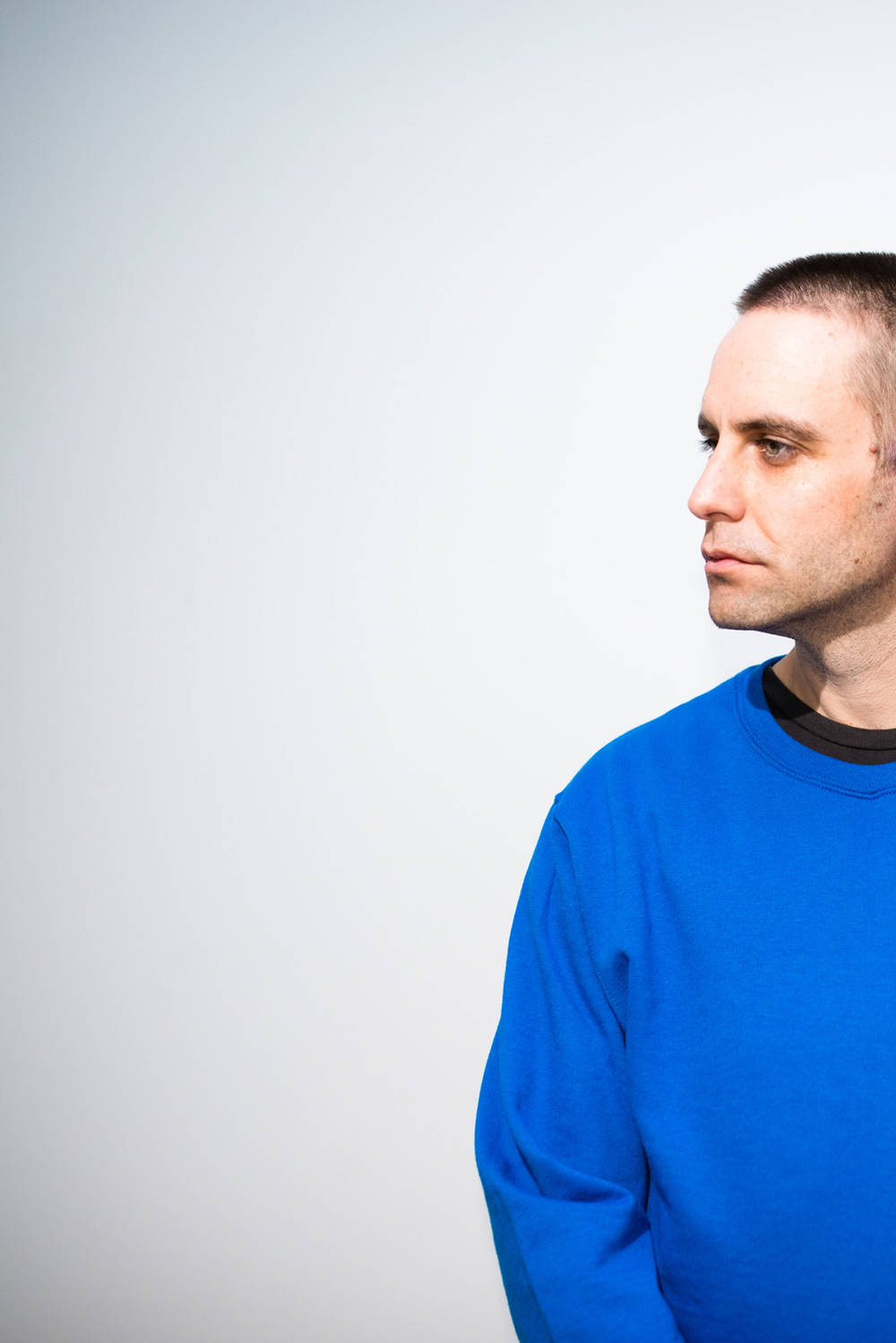
So this choreography makes the repetition something outside yourself, as it would be in a looped video or a gif?
Exactly. And that’s also where this is going to end up—people are going to make videos of it. Someone could frame their video of the performance to make it look like a real fall, but if they show a loop of it, then it falls apart.
What are the movements like? How do the dancers activate the space?
I’ve made the choreography fairly loose. Stairs are used in traditional musicals all the time, so someone coming down the stairs with dancers along the way—this is a very stark version of it, very pared down, sort of German. Instead of a lush atmosphere with hundreds of chorus boys, there’s a very severe beat and the dancers are told to shift poses on that beat. That’s the choreography. It’s a minimalist version of a Busby Berkeley extravaganza.
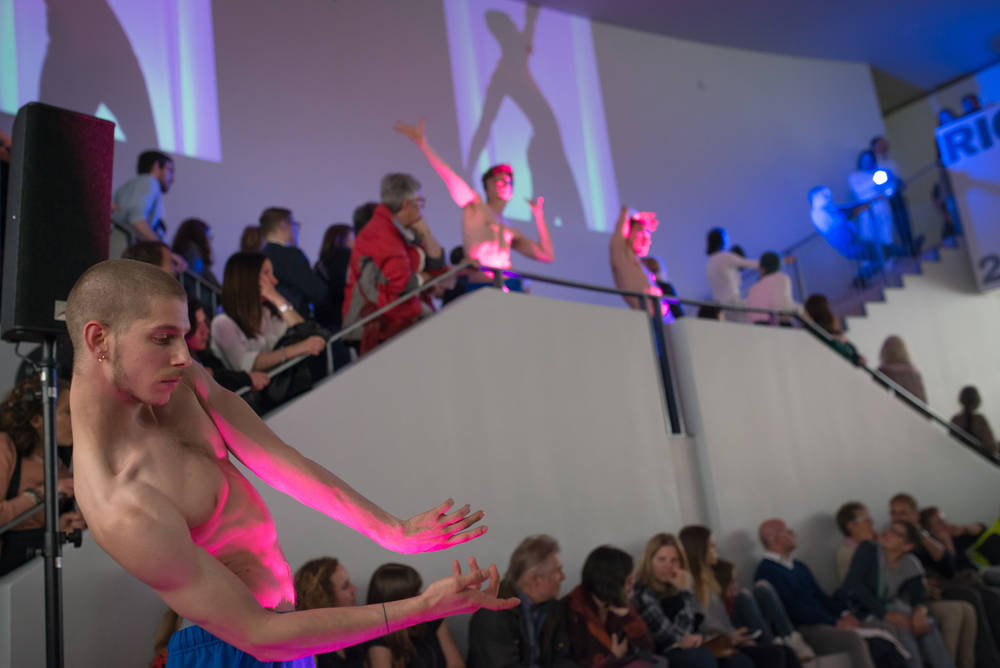
What is the conceptual basis for the piece, or what were some influences and source materials you were looking to in putting it together?
The idea of it came out of the moment of failure and how that appears online, so that what was at one time just an accident that happened once, is now put on a loop and made a gif. That’s what the performance becomes: this failure moment of falling or tripping or something like that. And there’s this interest we have in the real, like, "Oh well I think that was fake, that wasn’t a real fall". It’s so interesting that that matters to us, because we don’t know these people in the videos. Even in this era of mediation, there’s still this wariness of the fake, as though that takes away from it in some way, when it’s a mediated experience anyway. But also, though the piece is mediated in its own way, there is that excitement in seeing something live. You’re kind of hoping something bad, or off the script, will happen. And we’re all in this moment together.
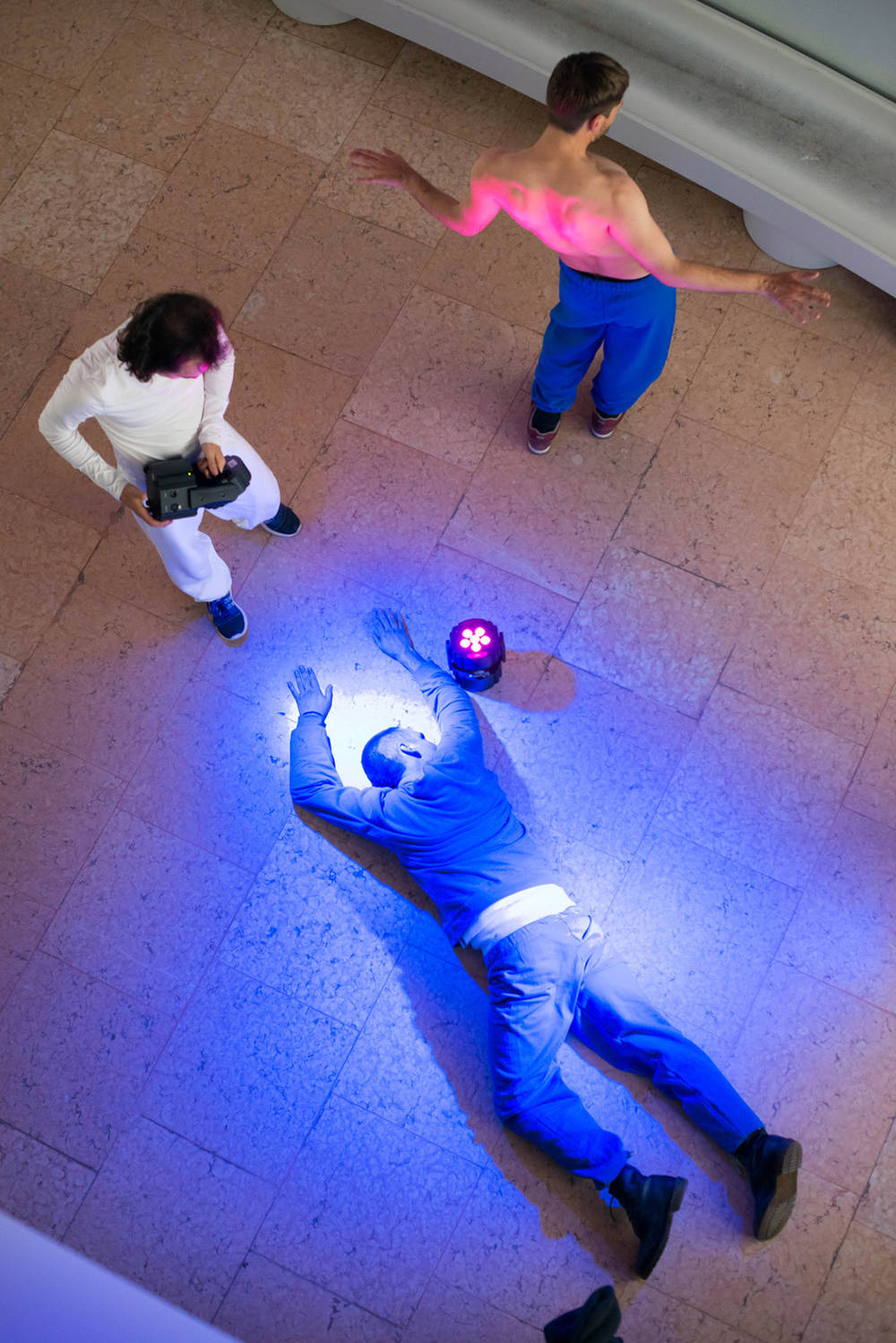
The piece is very influenced by the space in which it was presented, operating in response to the architecture of the SCHIRN entrance and stairway. This is the case with other projects of yours as well: you’ve spoken about how “Battleground” (2016), for instance, was developed both spatially and thematically based on the Guggenheim theater, where it took place. Is this engagement with space and architecture something that you try to forefront in your work?
That’s actually how I came to performance. My background is in photography and sculpture, and I was doing installation work, which is very much about the space that you’re in. And then I was interested in how performance makes it even more specific—it’s not just that place, but it’s also this time and these people, all together. That specificity is what drew me to performance. I say this all the time, but it really is true: something I really appreciate about the art world—as someone who is constantly behind a computer, on the phone, who loves technology—at the same time there is something nice that the art world resists that. They still believe in flying to Venice to watch a video. So you have this group of people that are coming together, who believe in that. It’s this group of people coming together at this time to see this thing. In a way, I want to exploit that as much as possible, and performance really exploits that the most out of all of the mediums.
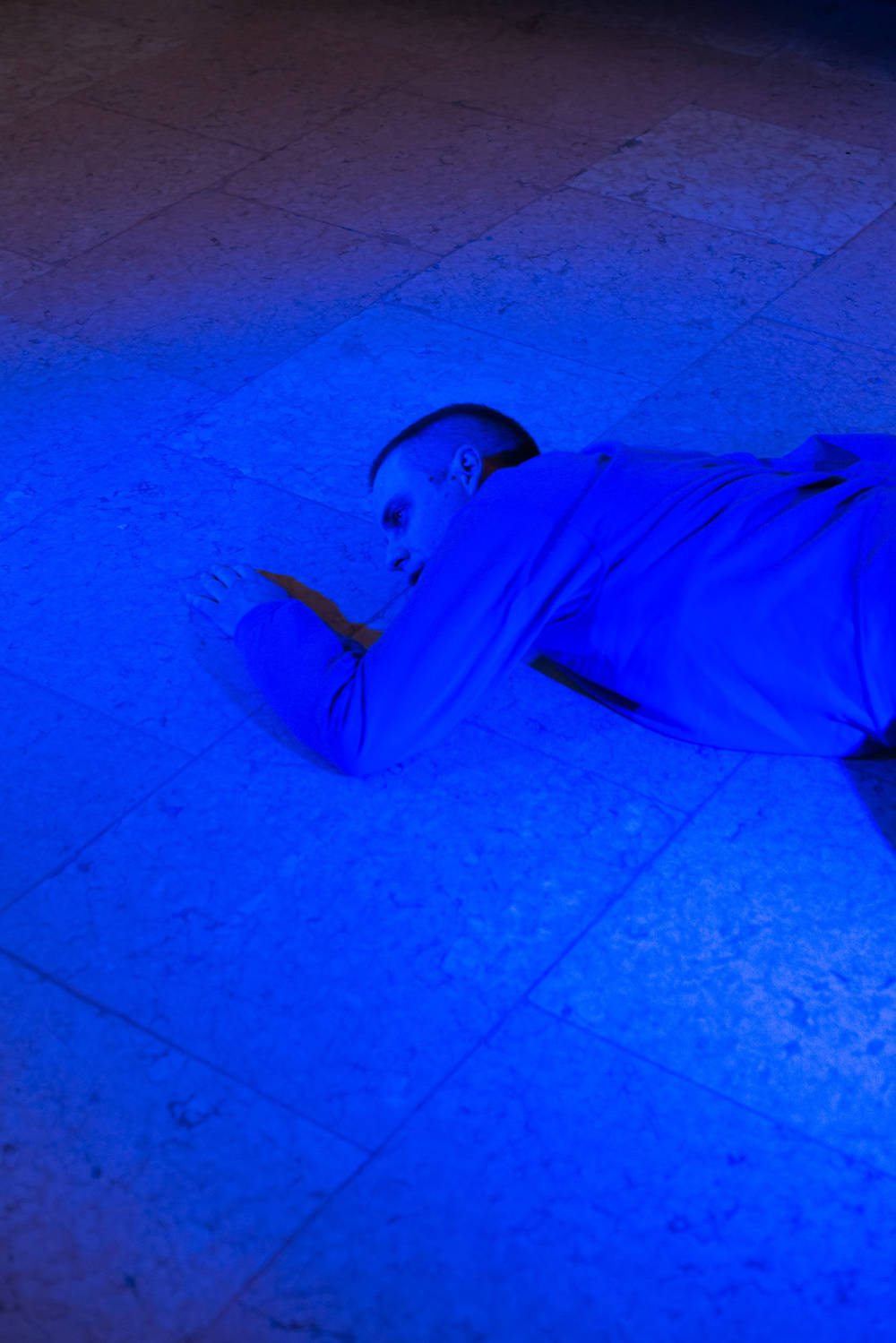
How does this background inform your approach to making dance or performance?
I don’t have any formal training in performance, but I do in visual art, and I think you build up preconceived notions of what work should be when you have that training. There are certain things I would never do as a visual artist because it’s passé or not taken seriously, but because I came to this as an excited fan, I don’t have that as much for the history of the performing arts as I do with visual art.
That sounds freeing, in a way. Do you consider it a form of deskilling?
I am interested in bringing the virtuosity from these other performing arts fields into this, making the performers look their best and actually utilizing their skill set. There’s a funny play with deskilling. One of the dancers that I work with was in the Merce Cunningham Dance Company, and he told me, “No one would believe this, but the choreography in your pieces has more counting and precision than anyone I’ve worked with since I was in the Cunningham Company.” There’s something really seductive about getting into the nitty gritty, and I understand how some choreographers will spend a month on one arm movement or something, but I try to resist that and keep an eye on the bigger picture because I am interested in this piece as a whole, not the arm movement.
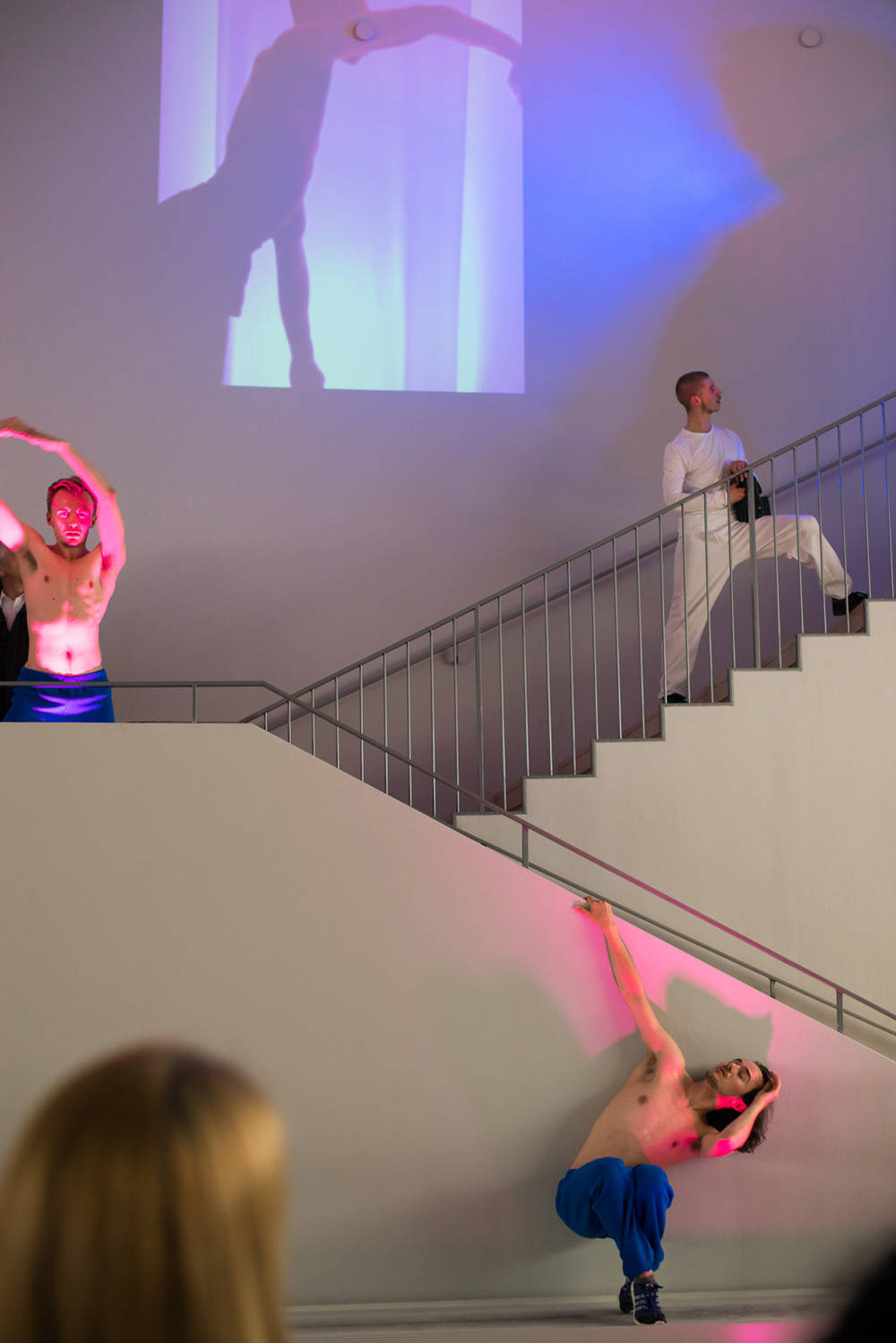
Your investment in your projects isn’t primarily about technical skill.
Exactly, even though I’m working with some of the most skilled performers in the world. That almost allows me not to have to worry about it. There is something to the fact that it is nice to see someone do something they excel at; that is actually a wonderful thing to watch. I think that maybe my skill is finding that for other people. I don’t have training—but if you don’t have training then it’s not deskilling: I’m not trying to be naïve, I actually am. And I see each work as a piece rather than a means to highlight my choreography. Sometimes that’s the least interesting part, you know? It’s like the hanger that you hang the suit on.
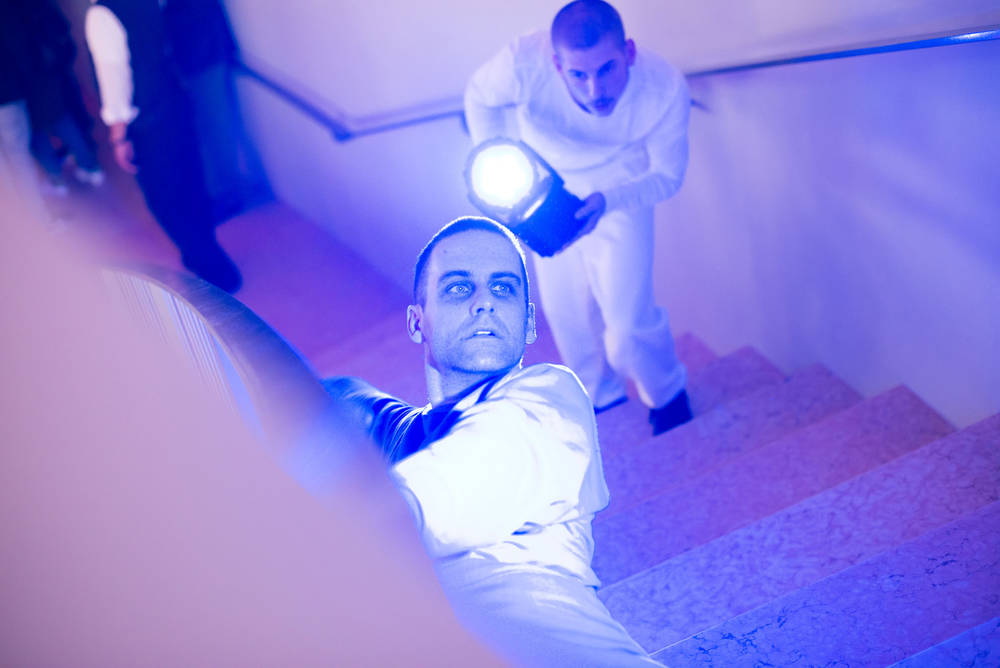

5 questions for Mary Messhausen and proddy produzentin
With the performance "Thonk piece: Hungry for Stains", drag queens Mary Messhausen and proddy produzentin will open the exhibition COSIMA VON BONIN....

Lyonel Feininger and the Harvard Art Museums. Part 2
The Harvard Art Museums host the largest Lyonel Feininger collection in the world. The directors Lynette Roth and Laura Muir chat about Feininger’s...
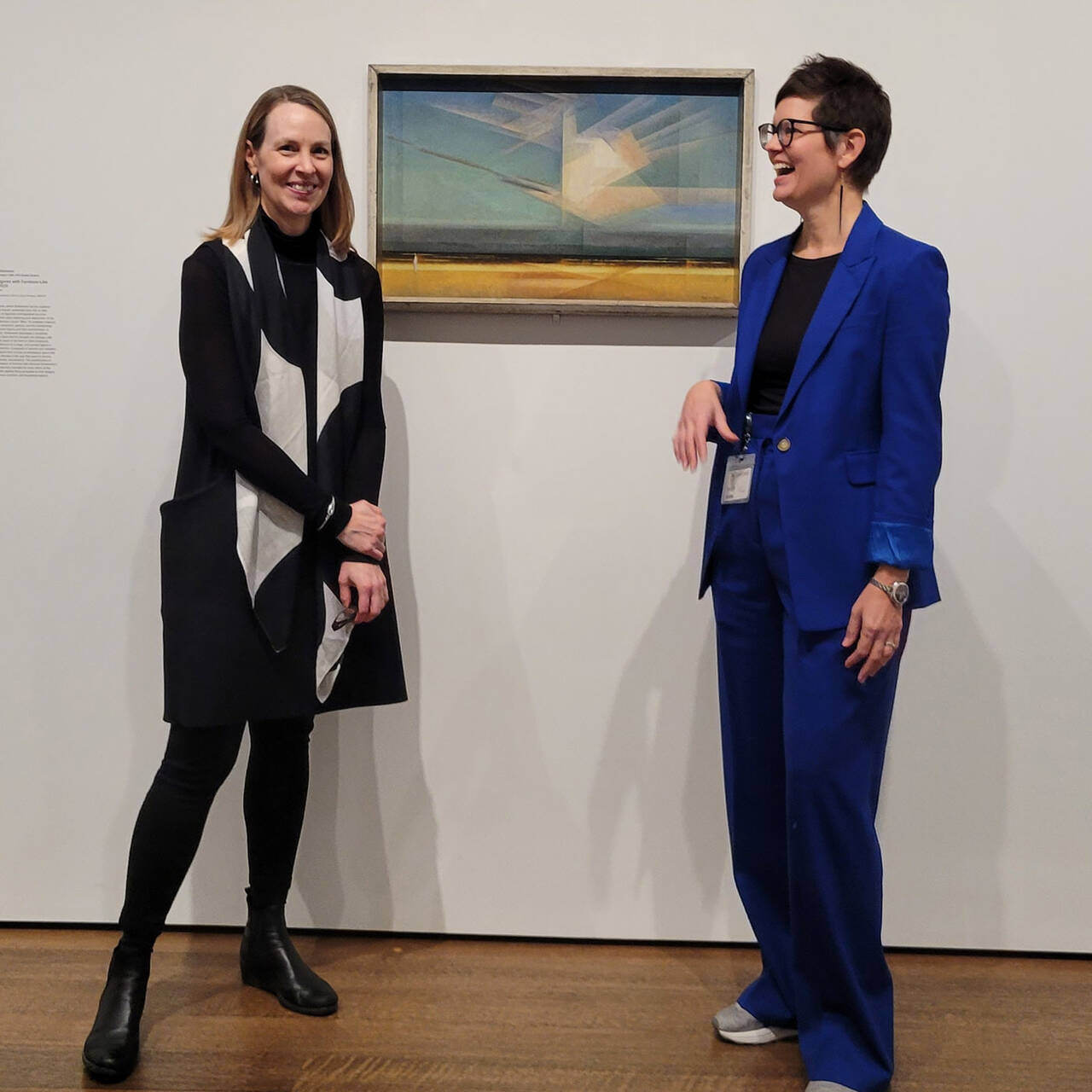
Lyonel Feininger and the Harvard Art Museums. Part 1
The Harvard Art Museums host the largest Lyonel Feininger collection in the world. How did that happen and how was the relationship between the artist...
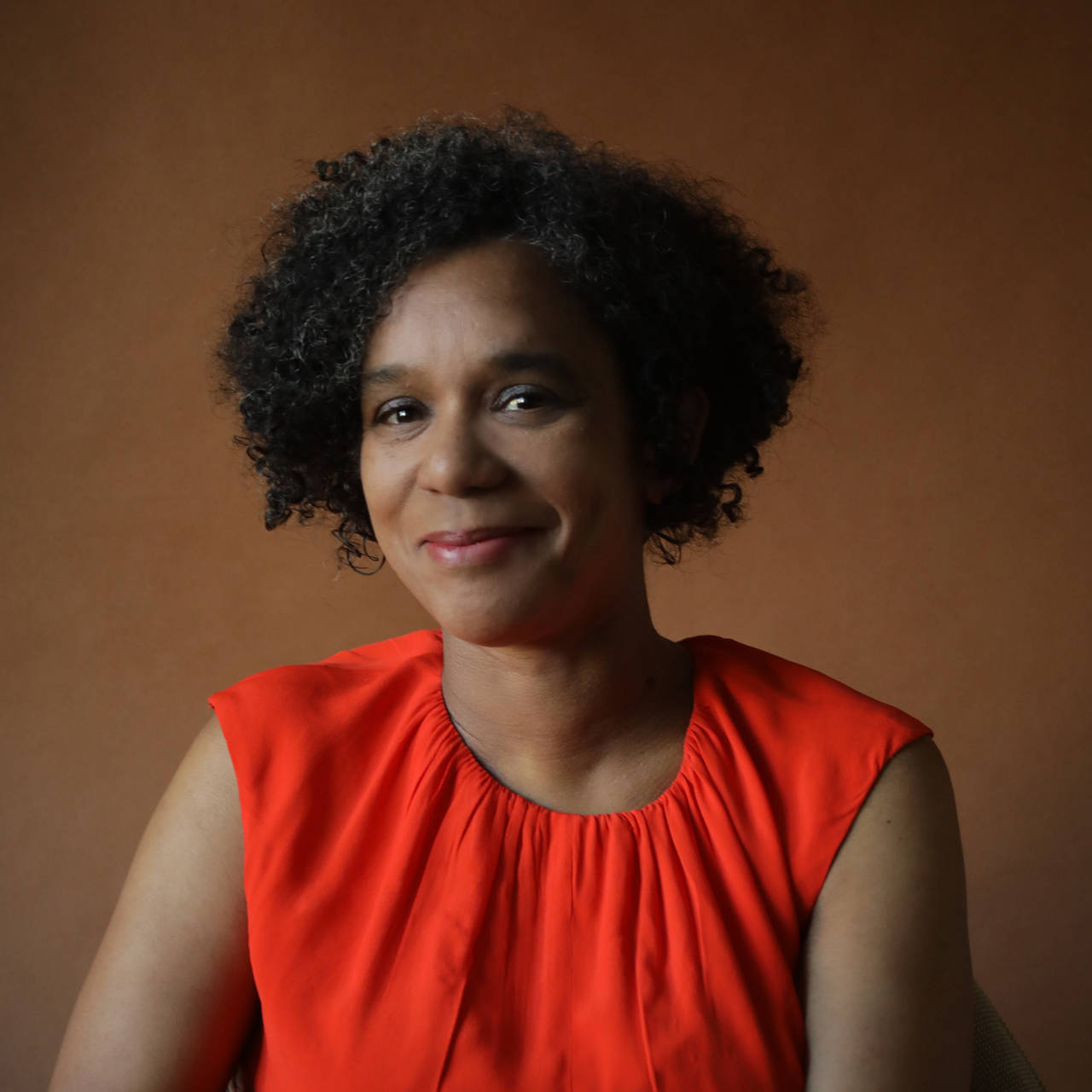
Empathy, but how? Julia Grosse talks to Elisabeth Wellershaus
What role do empathy and emotions play in the cultural world of today and tomorrow? In the first part of the interview series, curator Julia Grosse...
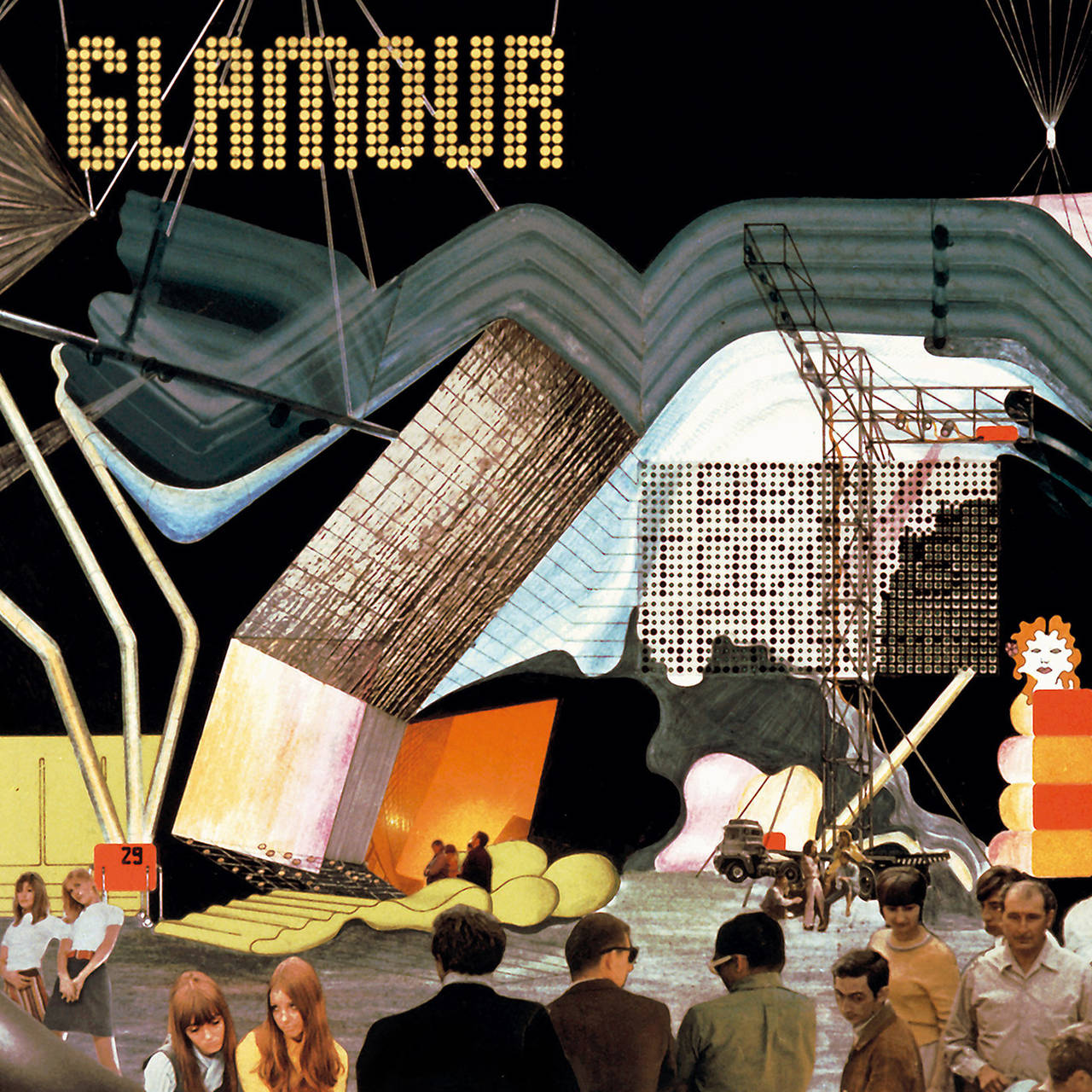
The eventful history of plastic in design
The collection of the Design Museum Brussels consists entirely of objects made of plastic. No wonder, that some of the works in PLASTIC WORLD, which...
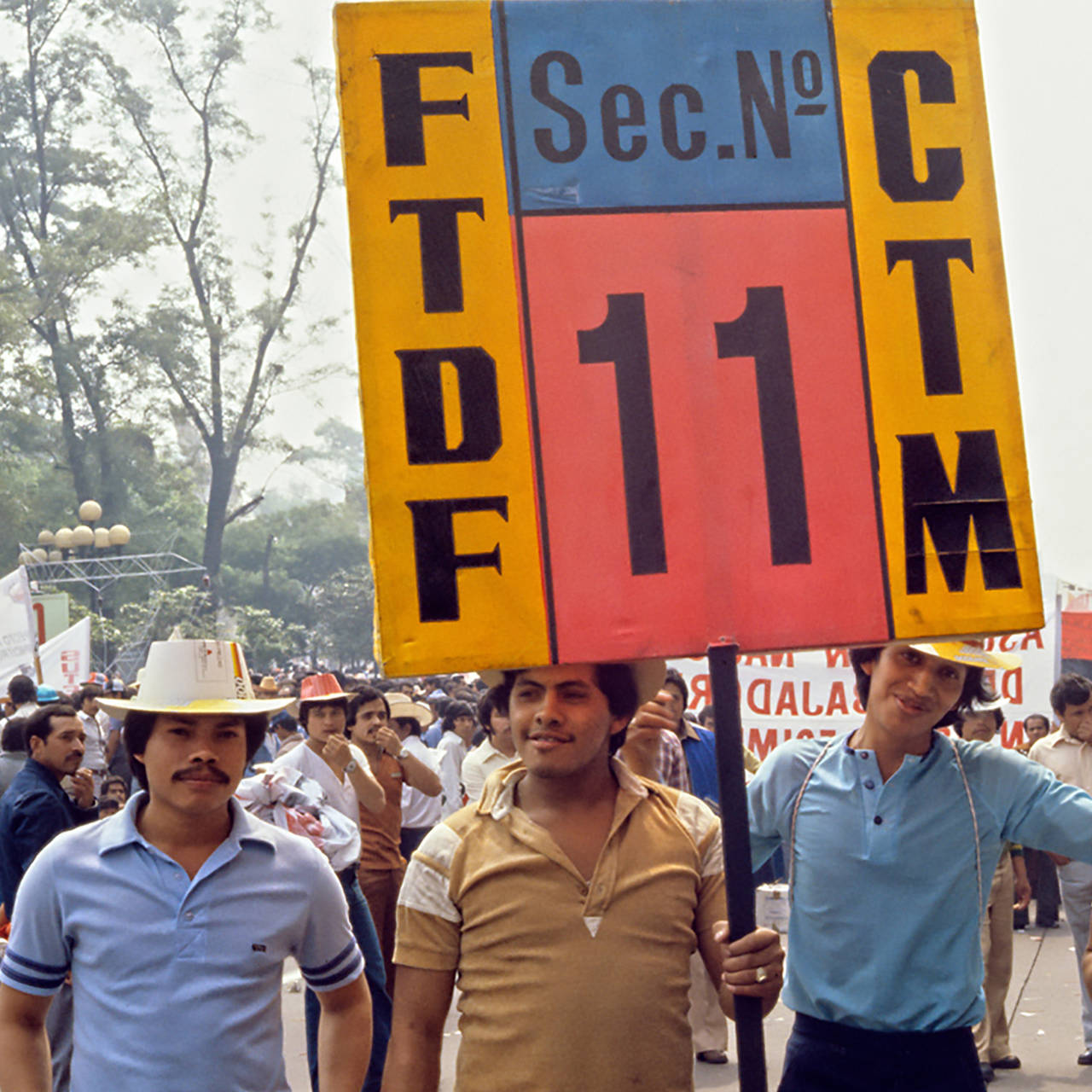
What does peace mean today?
In her work MARTHA ROSLER repeatedly addresses wars and protest movements. In conversation with peace and conflict researcher Thania Paffenholz we...
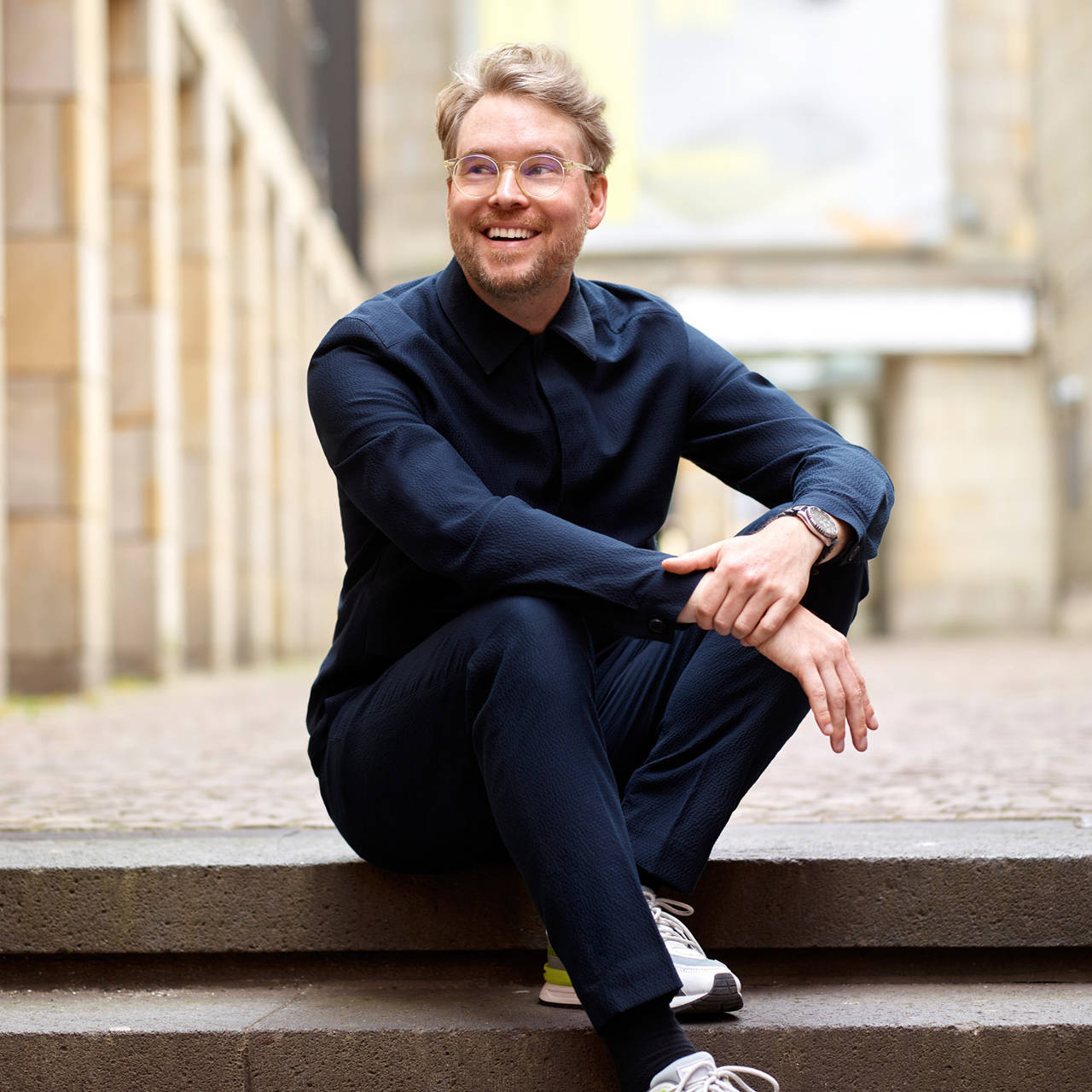
5 QUESTIONS FOR SEBASTAN BADEN
Starting July 6, the SCHIRN will be hosting an exhibition focusing on concept artist and pioneer of critical feminism Martha Rosler. Director...
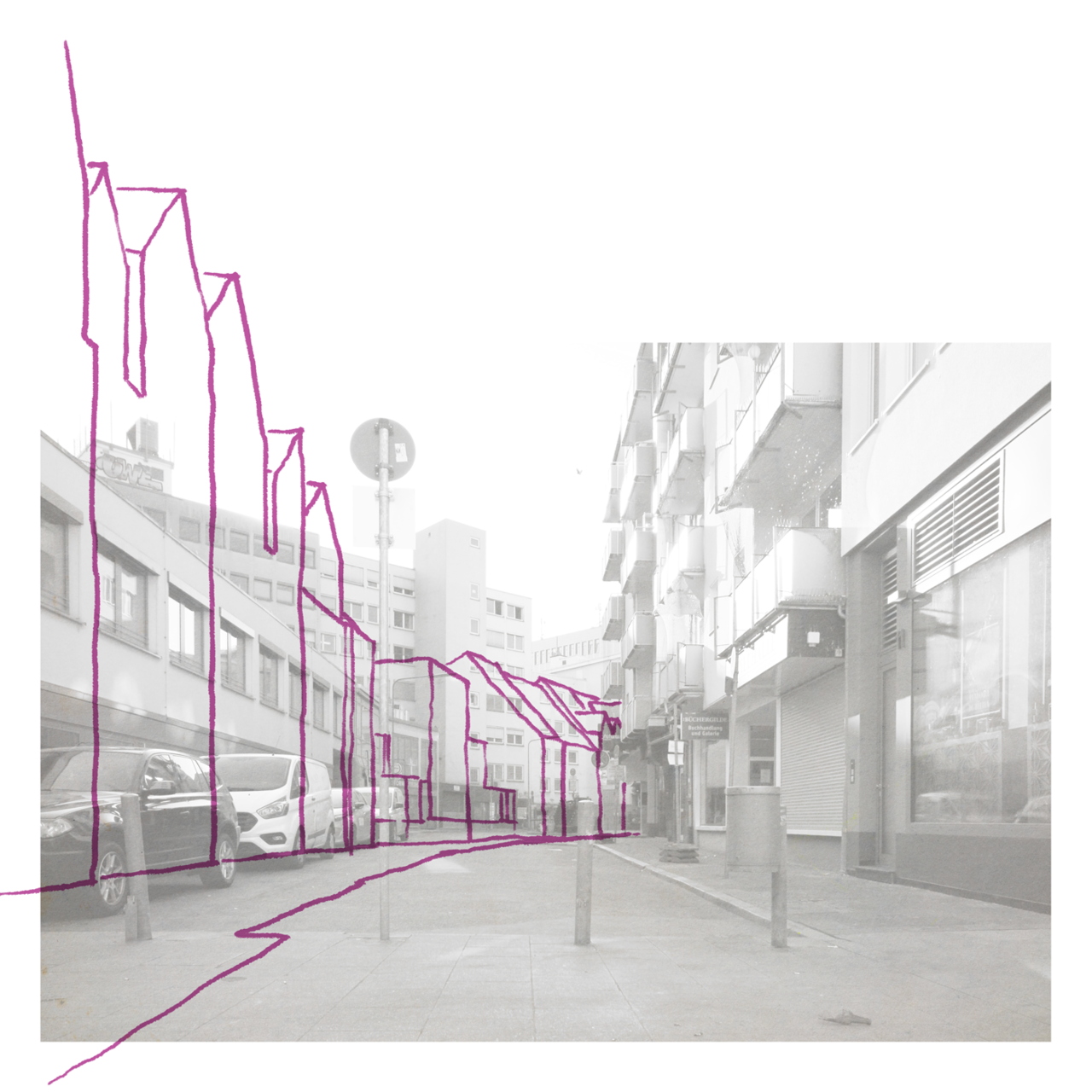
“History is not the past”: A conversation with Mirjam Wenzel and Meitar Tewel
The Judengasse in Frankfurt was once one of the most important centers of Jewish life in Europe. Today, its traces have been largely erased. The...
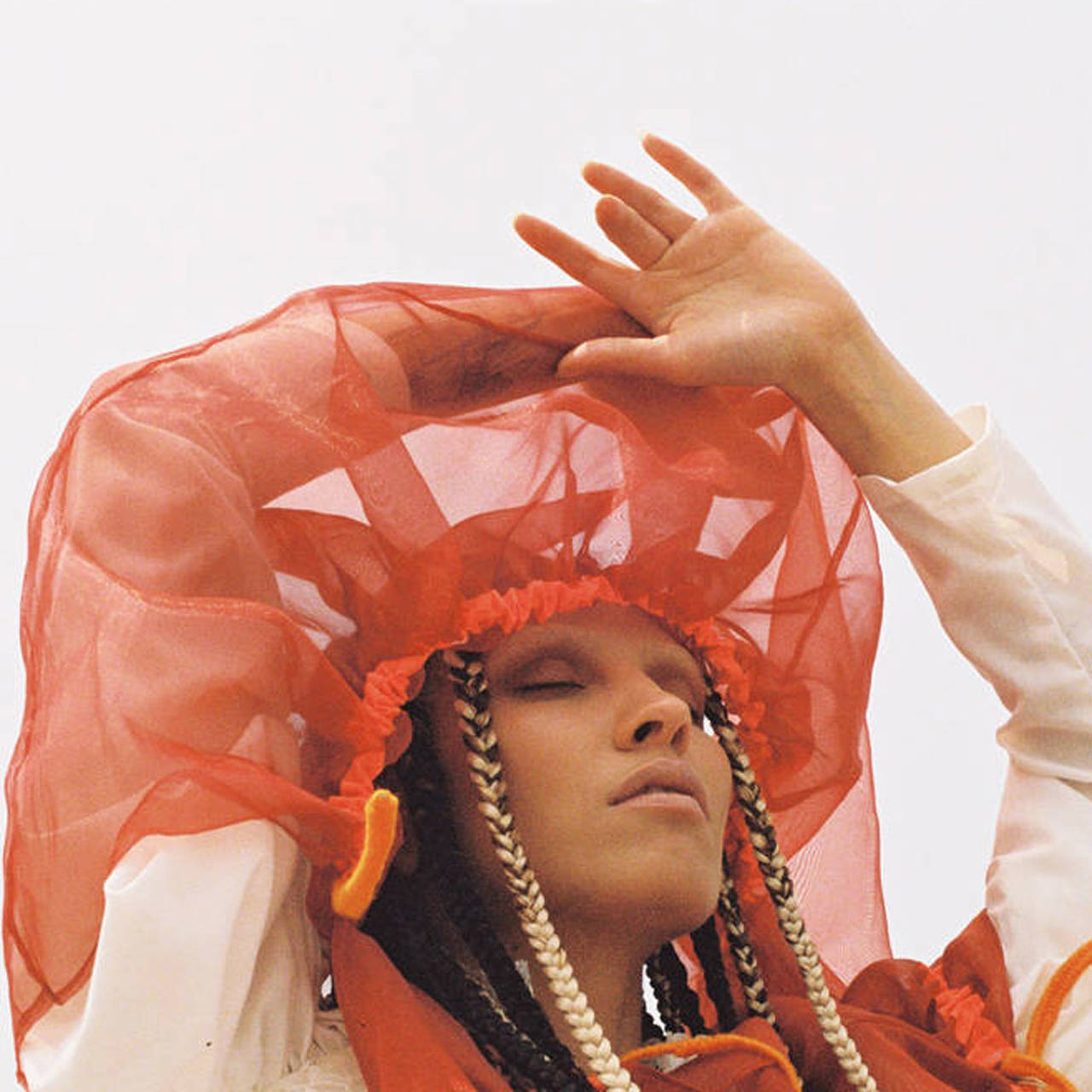
The High Priestess, the Empress, and Death. About Tarot Cards and their Meaning
In her Tarot Garden Niki de Saint Phalle used their symbolism, at SCHIRN AT NIGHT they will be read live and in person: Tarot Cards. So, how does it...
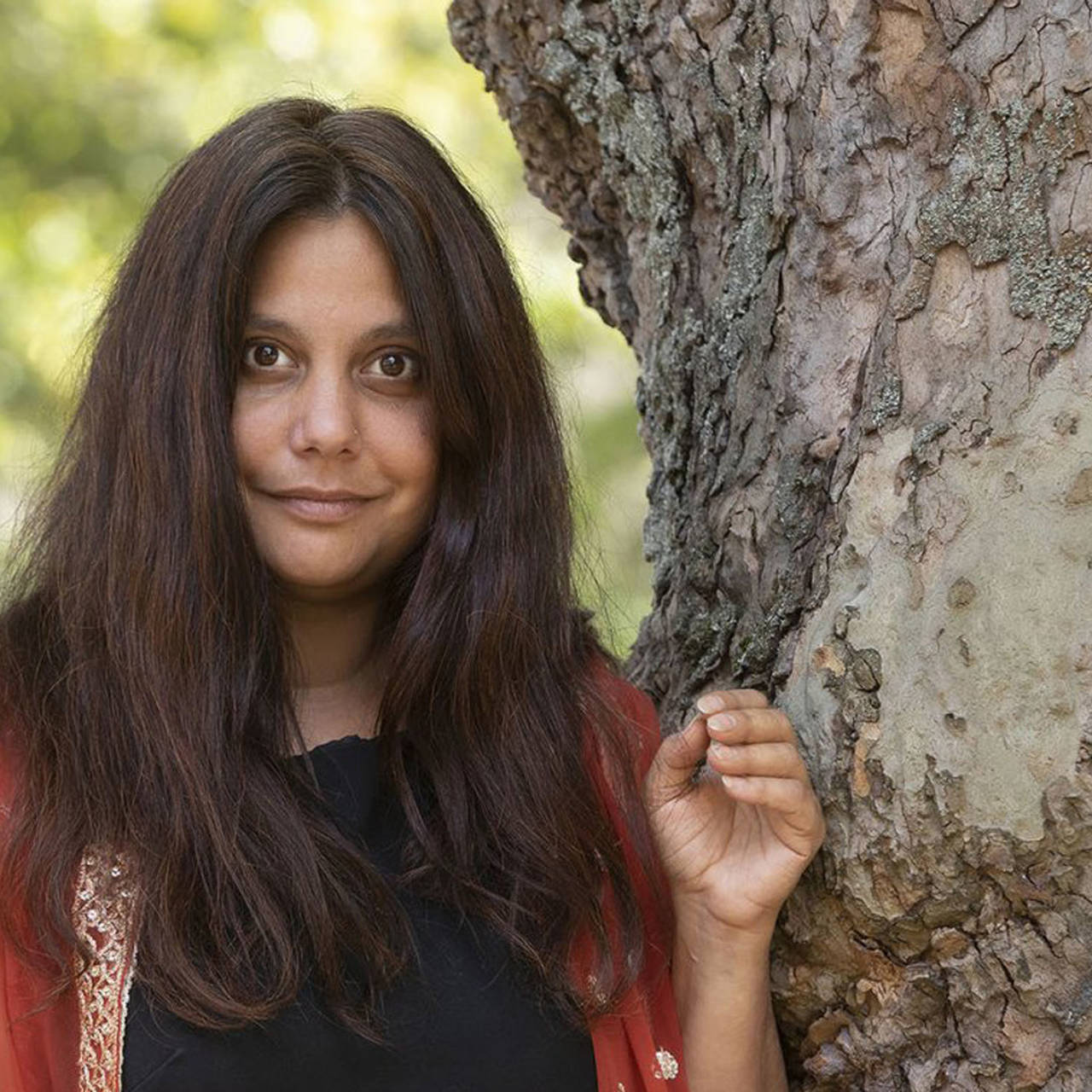
Mithu Sanyal on the Indian diaspora, her next novel, and more
In the second part of the interview, Mithu Sanyal talks about the German and British diaspora, mother/daughter relationships, and what her readers can...